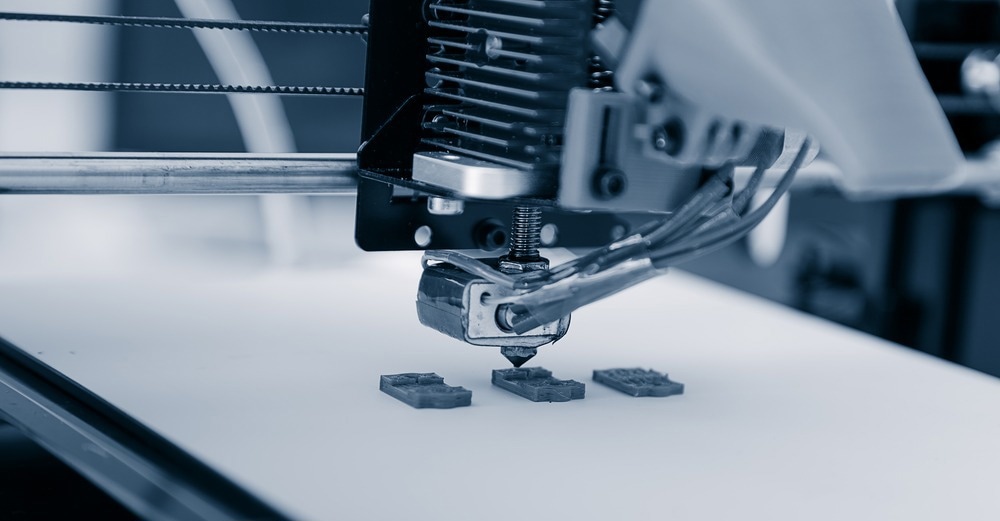Vat photopolymerization (VPP) is a popular option compared to other three-dimensional (3D) printing techniques because of its high efficiency, sizable build envelope, low cost, and wide range of material options.

Image Credit: Alex_Traksel/Shutterstock.com
The existing printing mechanism of the bottom-up vat photopolymerization 3D printing technique, however, necessitates high fluidity of the ultraviolet (UV)-curable resin. This viscosity requirement restricts the capabilities of the UV-curable, which is usually diluted before use (up to 5000 cps of viscosity).
The addition of reactive diluent sacrifices the oligomers’ original mechanical properties. The leveling of the resin and the deformation of the cured parts from the film are the two main technical challenges of 3D printing high-viscosity resins.
A research team from the Fujian Institute of Research on the Structure of Matter of the Chinese Academy of Sciences under the direction of Prof. Lixin Wu suggested linear scan-based vat photopolymerization (LSVP) for 3D printing ultra-high viscosity resin. Their investigation was published in Nature Communications.
The investigators used four rollers to create an isolated printing area on the resin tank, allowing for concurrent resin curing and detachment of the cured part from the resin tank. This LSVP system prototype is capable of printing high viscosity UV-curable resin at a maximum viscosity of 600,000 cps.
The distinct deformation approach of printed parts and film also allows for the printing of 100% solid parts without orientation. This method of fabrication greatly expands the processing windows of vat photopolymerization.
Furthermore, the researchers investigated the LSVP system to assess how viscosity impacts mechanical properties. They compared UV-curable resins containing varying amounts of 4-acryloylmorpholine (ACMO) and CN8888NS.
The UV-curable resin with a high CN8888NS content displayed superior mechanical properties, especially when the ACMO content reached 10% wt. The specimen has a strain of more than 400% and a strength of more than 20 MPa.
Furthermore, the researchers discovered that, in addition to elastomers, 3D-printed materials with high toughness are of interest for industrial applications.
This study proposes LSVP, a simple and time-saving UV-curable 3D printing method. Numerous oligomers are anticipated to be used with this LSVP system to prepare 3D printable UV-curable resins without using reactive diluents.
Journal Reference:
Weng, Z., et al. (2023). 3D printing of ultra-high viscosity resin by a linear scan-based vat photopolymerization system. Nature Communications. doi.org/10.1038/s41467-023-39913-4.